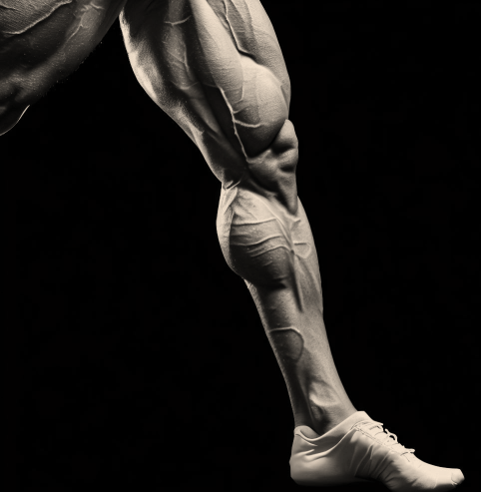- Introduction
- Functional Training for Leg Muscles
- The Philosophy Behind Functional Training
- Key Components of Functional Leg Training
- Benefits of Functional Training for the Legs
- Functional Leg Exercises to Try
- Incorporating Functional Training into Your Routine
- Expert Insights on Functional Leg Training
- Personal Experiences with Functional Leg Training
- FAQs
- Conclusion
Introduction
Functional training, a term often thrown around in the fitness world, is more than just a buzzword. It’s a holistic approach to exercise that prepares your body for real-life movements and activities. While it encompasses the entire body, focusing on functional training for leg muscles can yield impressive results. In this comprehensive guide, we’ll delve into the world of functional leg training, its benefits, and how you can incorporate it into your fitness routine.
Functional Training for Leg Muscles
Functional training for the legs is not about isolating muscles but rather about training them to work together. It mimics everyday actions, ensuring that our legs are ready and resilient for daily challenges.
The Philosophy Behind Functional Training
Functional training is rooted in the idea that exercises should be more natural and mimic everyday activities. It’s about training for life, ensuring that our muscles, especially our leg muscles, are prepared for daily tasks like climbing stairs, lifting objects, or even playing sports.
Key Components of Functional Leg Training
- Compound Movements: These are exercises that engage multiple joints and muscle groups simultaneously.
- Balance and Stability: Functional exercises often challenge our balance, ensuring that our stabilizing muscles are strong and active.
- Flexibility: It’s not just about strength; flexibility plays a crucial role in functional training.
Benefits of Functional Training for the Legs
- Improved Muscle Balance and Coordination: Functional exercises can help correct muscle imbalances, leading to better coordination and reduced risk of injury.
- Enhanced Performance in Daily Activities: From carrying groceries to chasing after a bus, functional leg training makes everyday tasks easier.
- Increased Muscle Strength and Endurance: Over time, functional exercises can lead to stronger, more enduring leg muscles.
Functional Leg Exercises to Try
- Lunges: A fantastic exercise for the quads, hamstrings, and glutes.
- Squats: Engage multiple leg muscles and are a staple in functional training.
- Step-Ups: Mimic the action of climbing stairs, working on the quads and calves.
Incorporating Functional Training into Your Routine
Starting with functional training can be as simple as adding a few exercises to your current routine. Begin with basic movements and gradually increase the intensity as your strength and endurance improve.
Expert Insights on Functional Leg Training
Functional training for leg muscles is more than just a trend. Many fitness experts and physiotherapists advocate for its benefits. They believe that by training our legs functionally, we not only improve our athletic performance but also enhance our overall quality of life.
Personal Experiences with Functional Leg Training
I remember when I first incorporated functional exercises into my routine. The initial challenge was real, but the results were undeniable. My legs felt stronger, more flexible, and ready for any challenge, be it a marathon or just a day of errands.
FAQs
- Why is functional training important for the legs? Functional training prepares the legs for real-life movements and activities, ensuring they are strong and resilient.
- How often should I do functional leg exercises? It’s recommended to incorporate functional leg exercises into your routine 2-3 times a week for optimal results.
- Can functional training help with injury prevention? Yes, functional training can help correct muscle imbalances, leading to a reduced risk of injury.
- Is functional training suitable for beginners? Absolutely! Everyone can benefit from functional training. Start with basic exercises and progress as you become more comfortable.
- Do I need special equipment for functional leg training? While some exercises may require equipment like dumbbells or resistance bands, many functional exercises use body weight, making them accessible to everyone.
- What’s the difference between functional training and traditional weightlifting? Traditional weightlifting often focuses on isolating specific muscles, while functional training is about training muscles to work together in harmony.
Conclusion
Functional training for leg muscles is a game-changer. It’s not just about building muscle or looking good; it’s about preparing our bodies for the challenges of everyday life. By incorporating functional exercises into our routines, we can enjoy stronger, more resilient legs and an enhanced quality of life.
Check out the other articles to find out all you need about leg muscle exercises.
